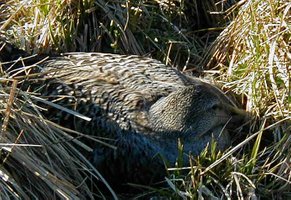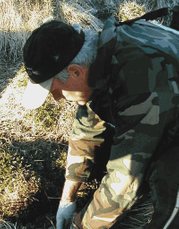Leifs
Eiderdown
Collecting Eiderdown
In June we start collecting eiderdown. Hormone changes in the female bird causes the down to loosen from the birds chest and they put it in the nest. We collect the down and put grass in to the bottom of their nest late in the breeding process.
There is also a very limited world supply of eiderdown each year, in the region of 2500 kilos and it is diminishing yearly. An eiderdown comforter, therefore is considered to be an heirloom.
Sterilizing and cleaning Eiderdown
We clean the eiderdown by sterilize,
heating it up to 120- C in 6 hours, to kill all bacteria in it.
Eider down is the best insulator for regulating body temperature.
Next, we clean the eiderdown in a machine who takes out all the grass and dirt in it. The next step is to put the down in another machine who takes out most of the feathers. The last step is to clean the down in our hands. We try too find dirt who the machines have not found, and throw it out. Then then the cleaning process is finished, and the down is totally clean, and ready too bee sold.
Comforters filled with Eiderdown
We sell Eiderdown directly to you in grams or kilos.
There is also a very limited world supply of eiderdown each year, in the region of 2500 kilos and it is diminishing yearly. An eiderdown comforter, therefore is considered to be an heirloom.
The wild Eider duck is only found in the most northerly regions of the North Atlantic, principally in Iceland (70%), but also in Canada and Norway. The climatic condition under which these rare birds have survived, has given rise to a kind of down and subsequent insulating power which is off the scale in terms of what we usually think of in terms of "fill power", the usual measure of thermal insulating quality.




